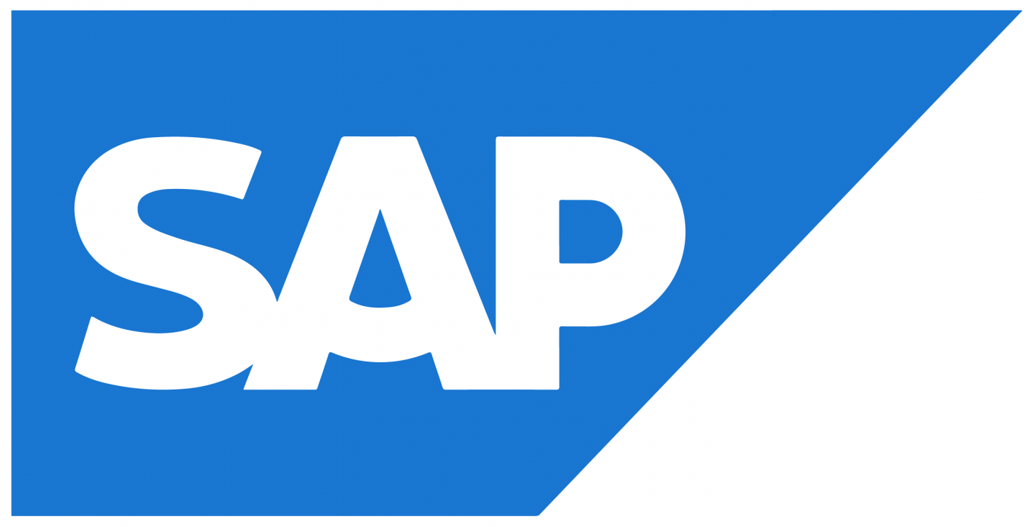Top 5 companies by market capitalization in the Europe
In this article, Nithisha CHALLA (ESSEC Business School, Grande Ecole Program – Master in Management, 2021-2023) presents the top 5 companies by market capitalization in Europe.
Introduction to market capitalization
Market capitalization, often referred to as “market cap,” is a key metric used in the financial world to assess the size and value of a publicly traded company. Market capitalization provides insights into a company’s position in the market and its relative size compared to other companies. It is a measure of a company’s total market value, calculated by multiplying its current stock price by the total number of outstanding shares. It is an important indicator for investors, analysts, and market participants as it reflects the perceived worth of a company by the investing public. Note that market capitalization assesses the size of the company in the equity market, but the total value of the company measured by its assets or the sum of its liabilities and shareholders’ equity may be larger if the company uses debt (financial leverage).
Top 5 companies by market capitalization in Europe
The top 5 companies in the European market according to market capitalization by 2023 are as follows:
1) Nestlé S.A.
2) ASML Holding N.V.
3) Roche Holding AG
4) Novartis AG
5) SAP SE
By looking at these top 5 companies, we observe that these companies mainly belong to different sectors to the economy: Consumer Goods, Technology, and Healthcare.
We detail below the characteristics of each company: statistics, analysis of revenues, and stock market data.
#1 Nestlé S.A.
Logo of Nestle
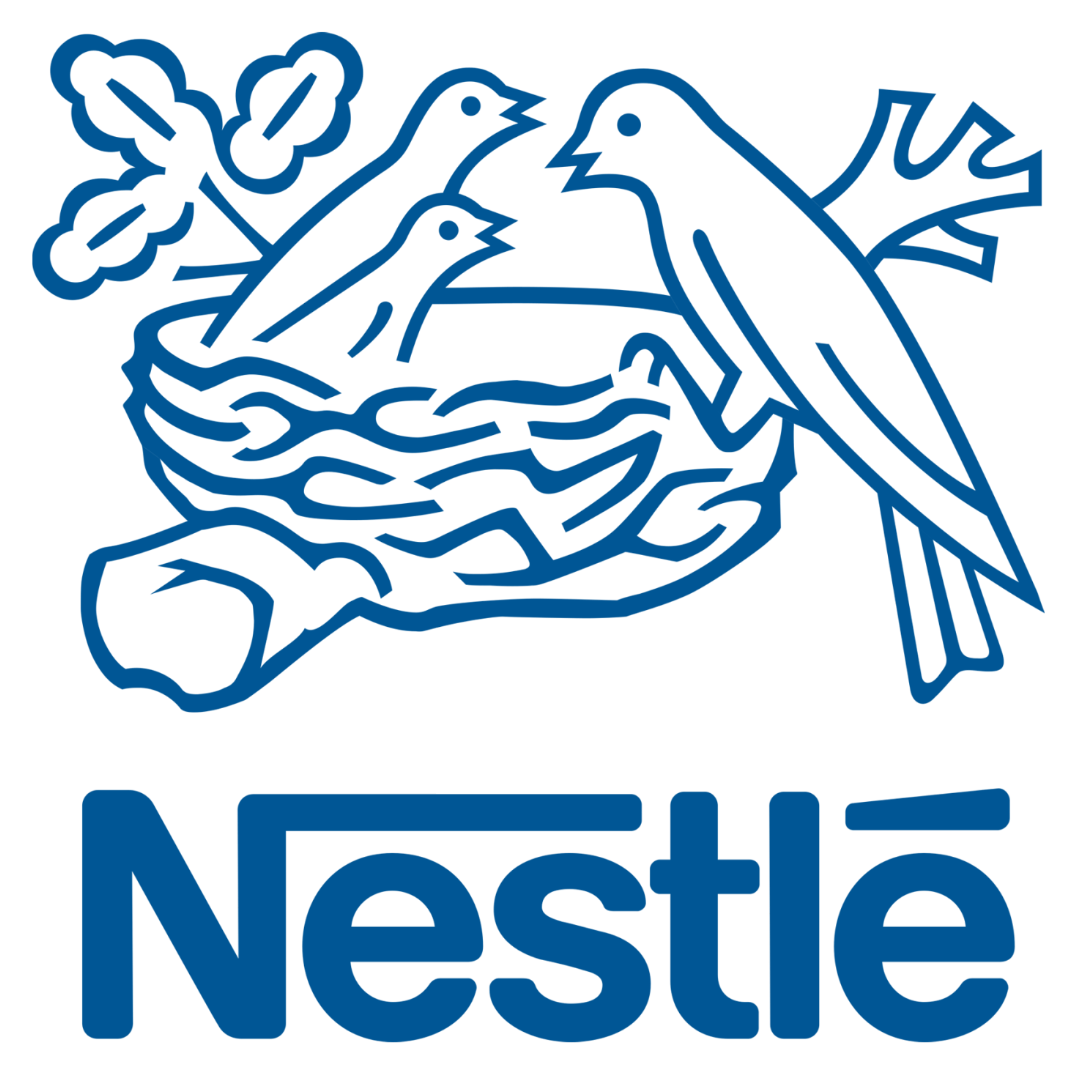
Source: the company.
Statistics
Market capitalization: $315.44 Billion
Listed on exchanges: SIX Swiss Exchange
Listed on Stock Indexes: Swiss Market Index (SMI) and the Euro Stoxx 50 Index.
Industry: Consumer Goods (Food and Beverage)
Location of headquarters: Vevey, Switzerland
Year founded: 1866
Number of employees: 342,982
Revenues
Nestlé is a multinational food and beverage company known for its wide range of products, including baby food, dairy products, confectionery, coffee, and pet care. The company owns popular brands such as Nescafé, KitKat, Maggi, Purina, and Nespresso. With a global presence, Nestlé serves consumers in various markets and has a strong focus on nutrition, health, and wellness. The company’s diverse portfolio and commitment to sustainability have contributed to its success in the European market.
Stock chart
Stock chart for Nestle
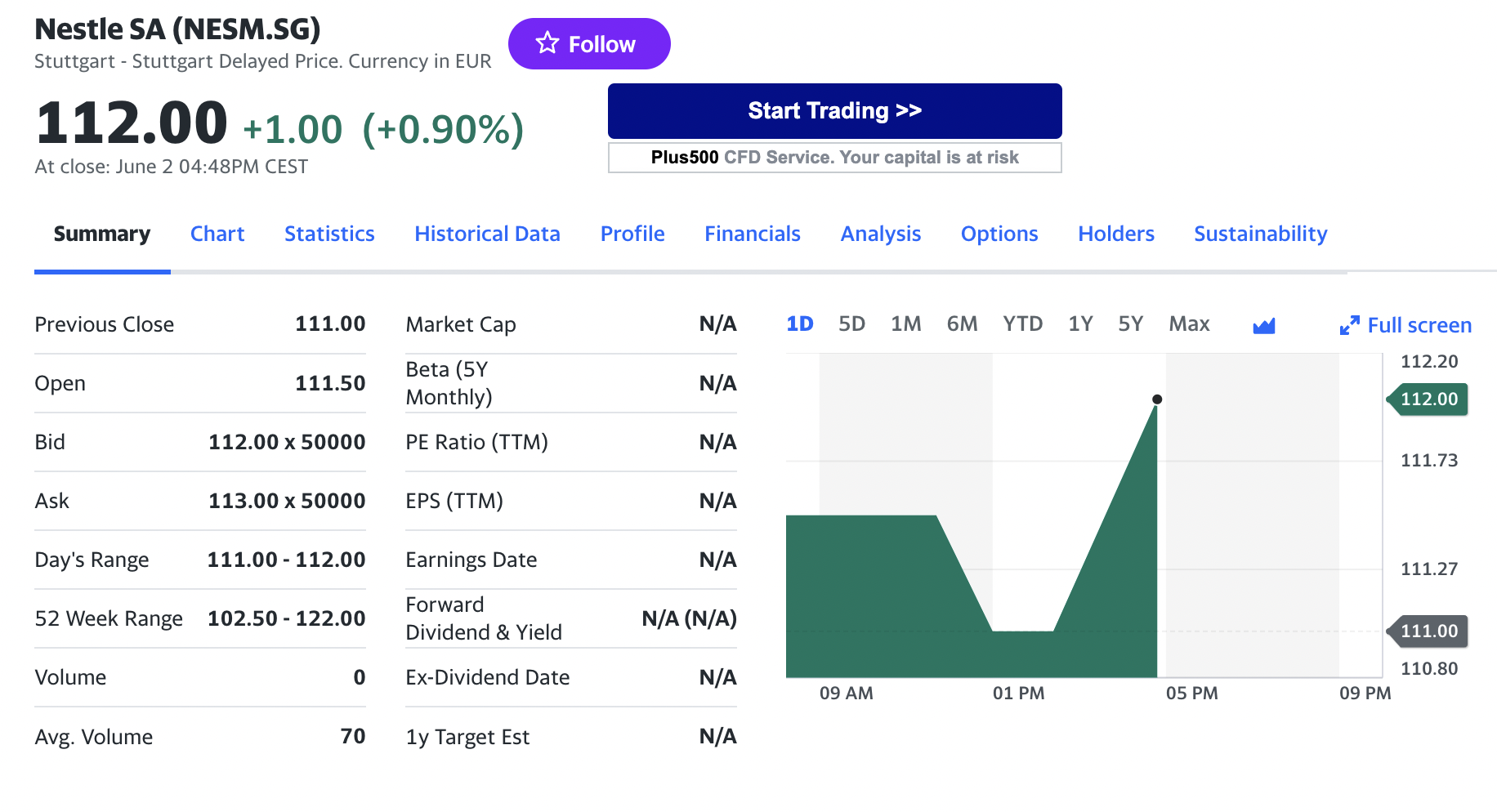
Source: Yahoo! Finance.
The historical data for Nestle stock prices can be downloaded from Yahoo! Finance website: Download the data for Nestle
#2 ASML Holding N.V.
Logo of ASML Holding N.V.

Source: the company.
Statistics
Market capitalization: $280.24 Billion
Listed on exchanges: Euronext Amsterdam, NASDAQ
Listed on Stock Indexes: AEX Index.
Industry: Technology (Semiconductor Equipment)
Location of headquarters: Veldhoven, Netherlands
Year founded: 1984
Number of employees: 166,890
Revenues
ASML Holding is a Dutch company that specializes in the development and manufacturing of advanced semiconductor equipment used in the production of integrated circuits. The company’s lithography systems play a critical role in enabling the production of smaller, faster, and more efficient chips. ASML’s innovative technology and high-performance equipment have made it a trusted partner for semiconductor manufacturers worldwide. The company’s success has been driven by its focus on research and development, as well as its ability to meet the evolving demands of the semiconductor industry.
Stock chart
Stock chart for ASML
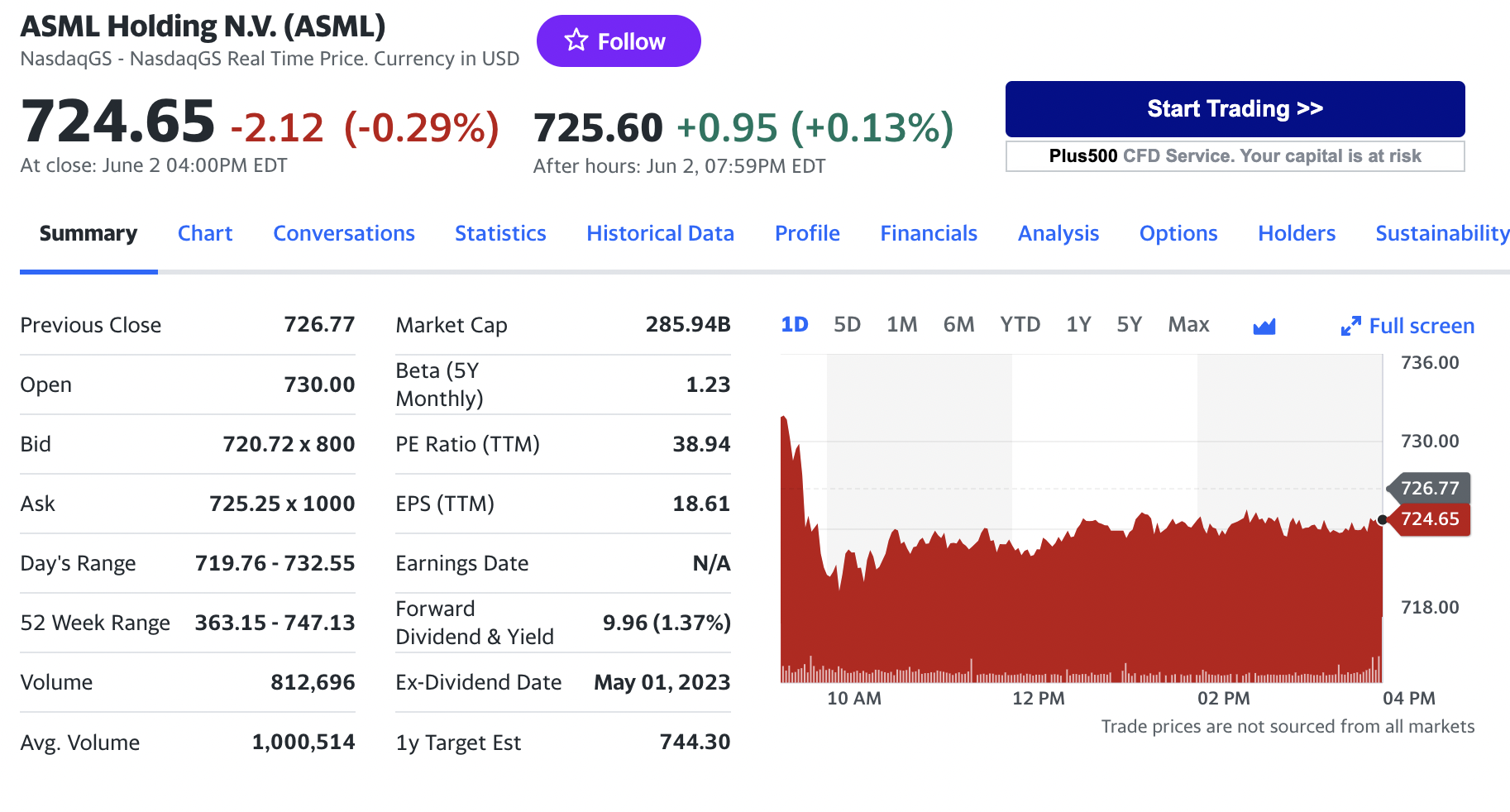
Source: Yahoo! Finance.
The historical data for ASML stock prices can be downloaded from Yahoo! Finance website: Download the data for ASML
#3 Roche Holding AG
Logo of Roche
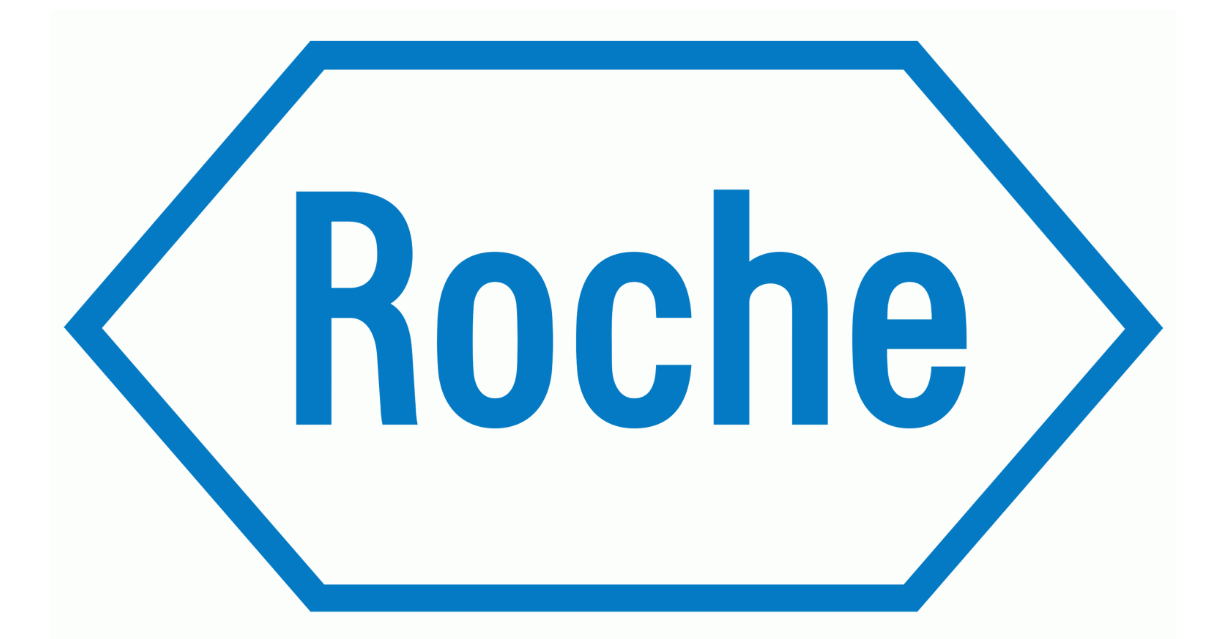
Source: the company.
Statistics
Market capitalization: $253.04 Billion
Listed on exchanges: Swiss Exchange, OTCQX International Premier
Listed on Stock Indexes: Swiss Market Index
Industry: Healthcare (Pharmaceuticals)
Location of headquarters: Basel, Switzerland
Year founded: 1896
Number of employees: 149,000
Revenues
Roche Holding is a global healthcare company that operates in the fields of pharmaceuticals and diagnostics. The company focuses on developing and delivering innovative medical solutions to address various diseases, including cancer, infectious diseases, neuroscience disorders, and rare diseases. Roche’s pharmaceutical portfolio includes drugs for oncology, immunology, and other therapeutic areas. The company is also a leader in the diagnostics industry, offering a wide range of diagnostic tests and systems. Roche’s commitment to advancing healthcare and improving patient outcomes has solidified its position as a prominent player in the European market.
Stock chart
Stock chart for Roche Holding
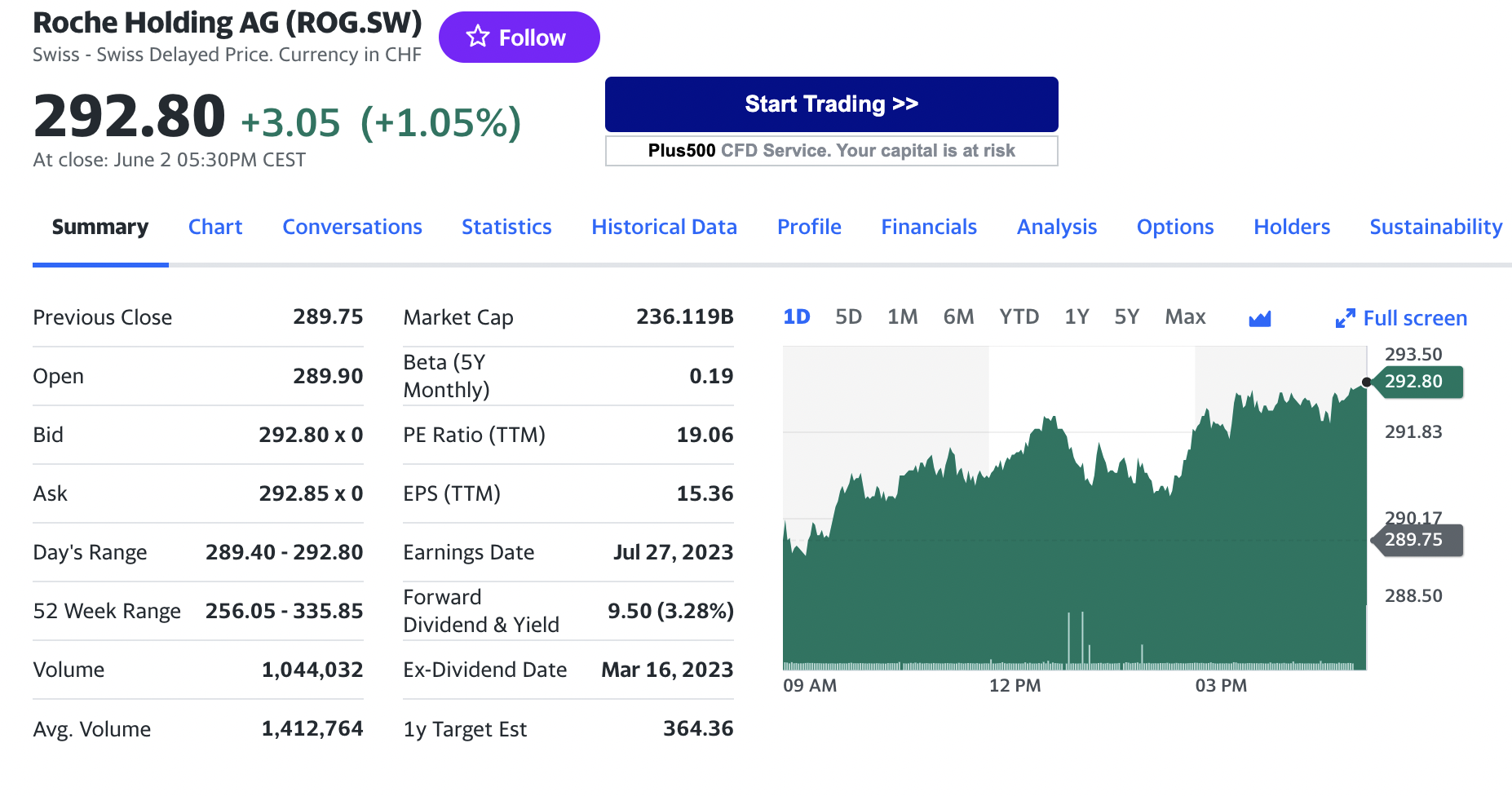
Source: Yahoo! Finance.
The historical data for Roche Holding stock prices can be downloaded from Yahoo! Finance website: Download the data for Roche Holding
#4 Novartis AG
Logo of Novartis

Source: the company.
Statistics
Market capitalization: $208.78 Billion
Listed on exchanges: SIX Swiss Exchange, NYSE
Listed on Stock Indexes: Swiss Market Index
Industry: Healthcare (Pharmaceuticals)
Location of headquarters: Basel, Switzerland
Year founded: 1996
Number of employees: 335,186
Revenues
Novartis is a multinational pharmaceutical company focused on the research, development, and commercialization of innovative healthcare solutions. The company’s portfolio includes prescription medicines, generic drugs, vaccines, and consumer health products. Novartis operates in various therapeutic areas, including oncology, immunology, cardiovascular, and ophthalmology. With its commitment to advancing medical science and improving patient outcomes, Novartis has established itself as a leader in the European pharmaceutical industry.
Stock chart
Stock chart for Novartis
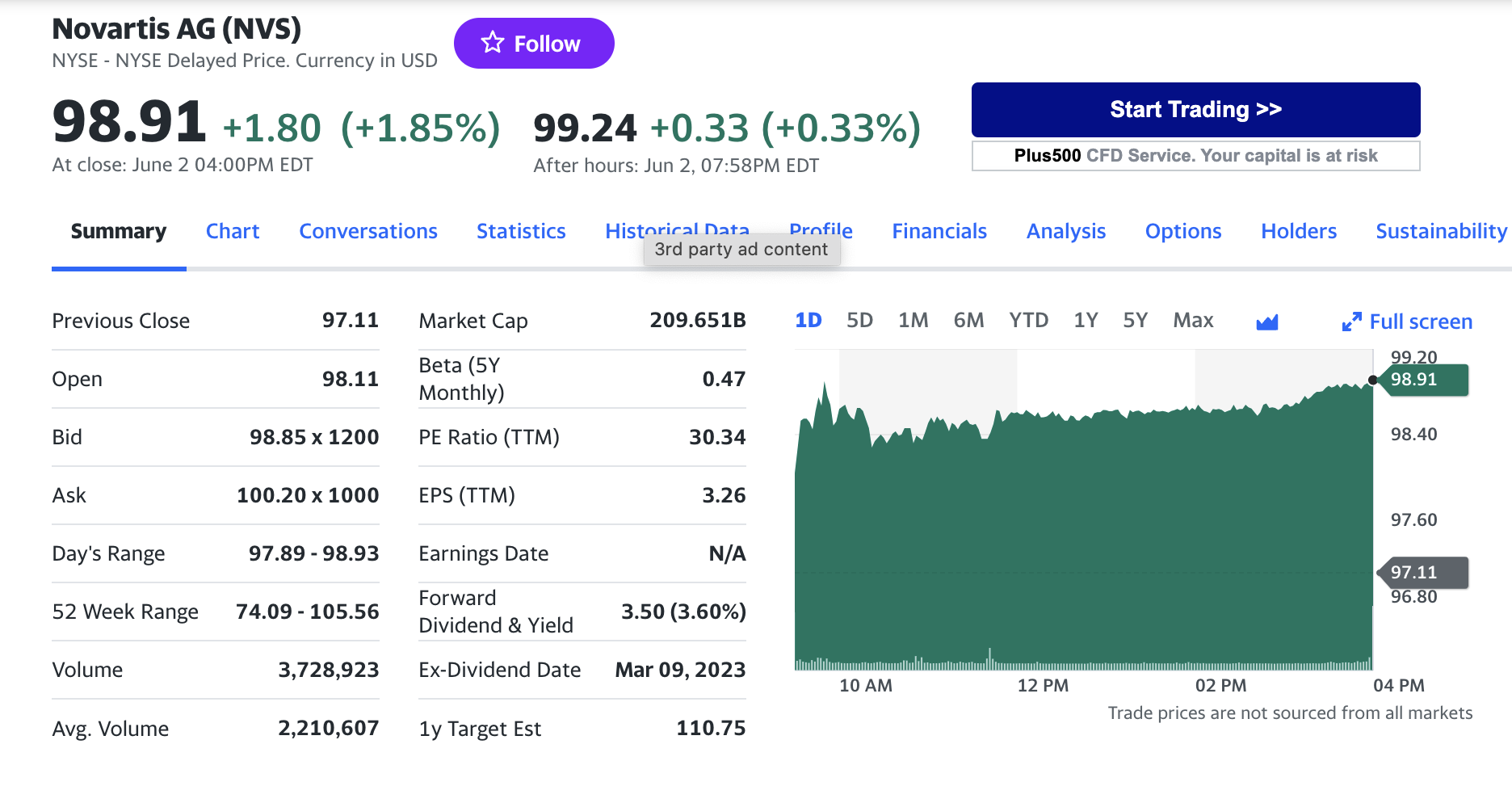
Source: Yahoo! Finance.
The historical data for Novartis stock prices can be downloaded from Yahoo! Finance website: Download the data for Novartis
#5 SAP SE
Logo of SAP
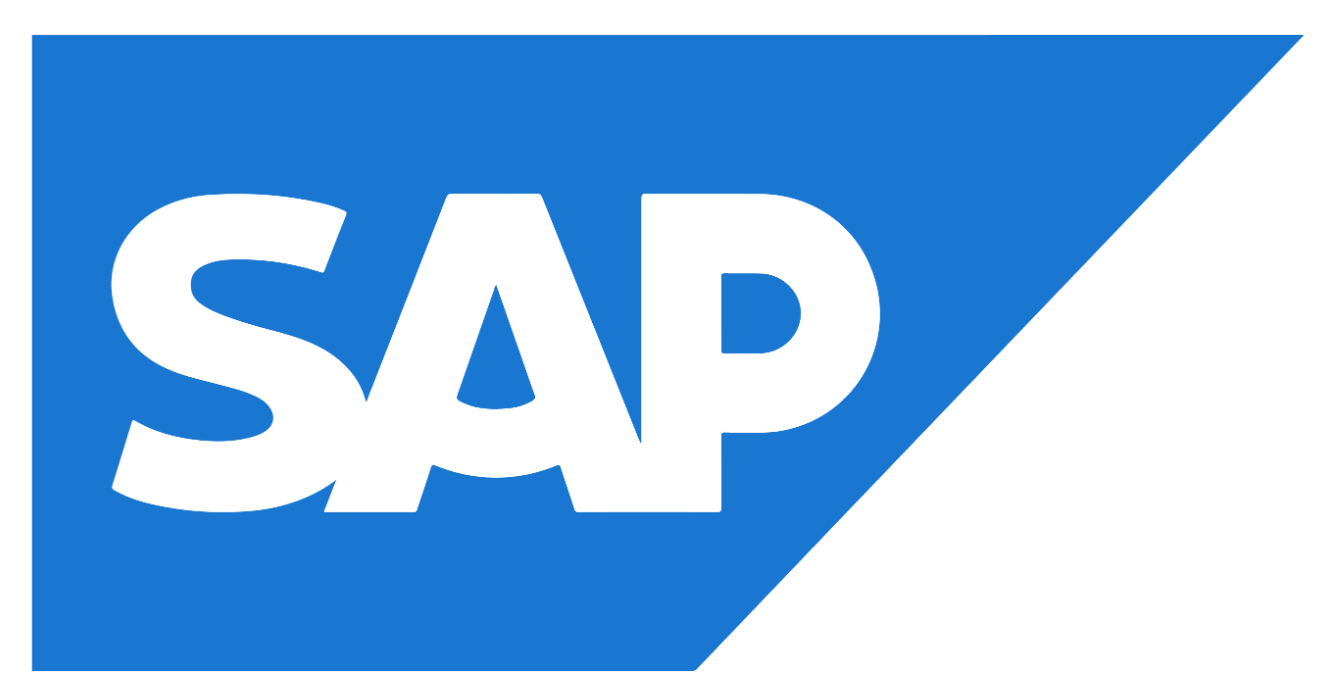
Source: the company.
Statistics
Market capitalization: $154.66 Billion
Listed on exchanges: Frankfurt Stock Exchange
Listed on Stock Indexes: DAX Index
Industry: Technology (Enterprise Software)
Location of headquarters: Walldorf, Germany
Year founded: 1972
Number of employees: 528,748
Revenues
SAP is a leading enterprise software company that provides solutions for business operations, analytics, cloud computing, and customer experience. Its software applications help companies manage various aspects of their operations, including finance, human resources, supply chain, and customer relationship management. SAP serves clients across industries and has a strong presence in Europe and globally. The company’s innovative solutions and commitment to digital transformation have made it a key player in the European technology sector.
Stock chart
Stock chart for SAP
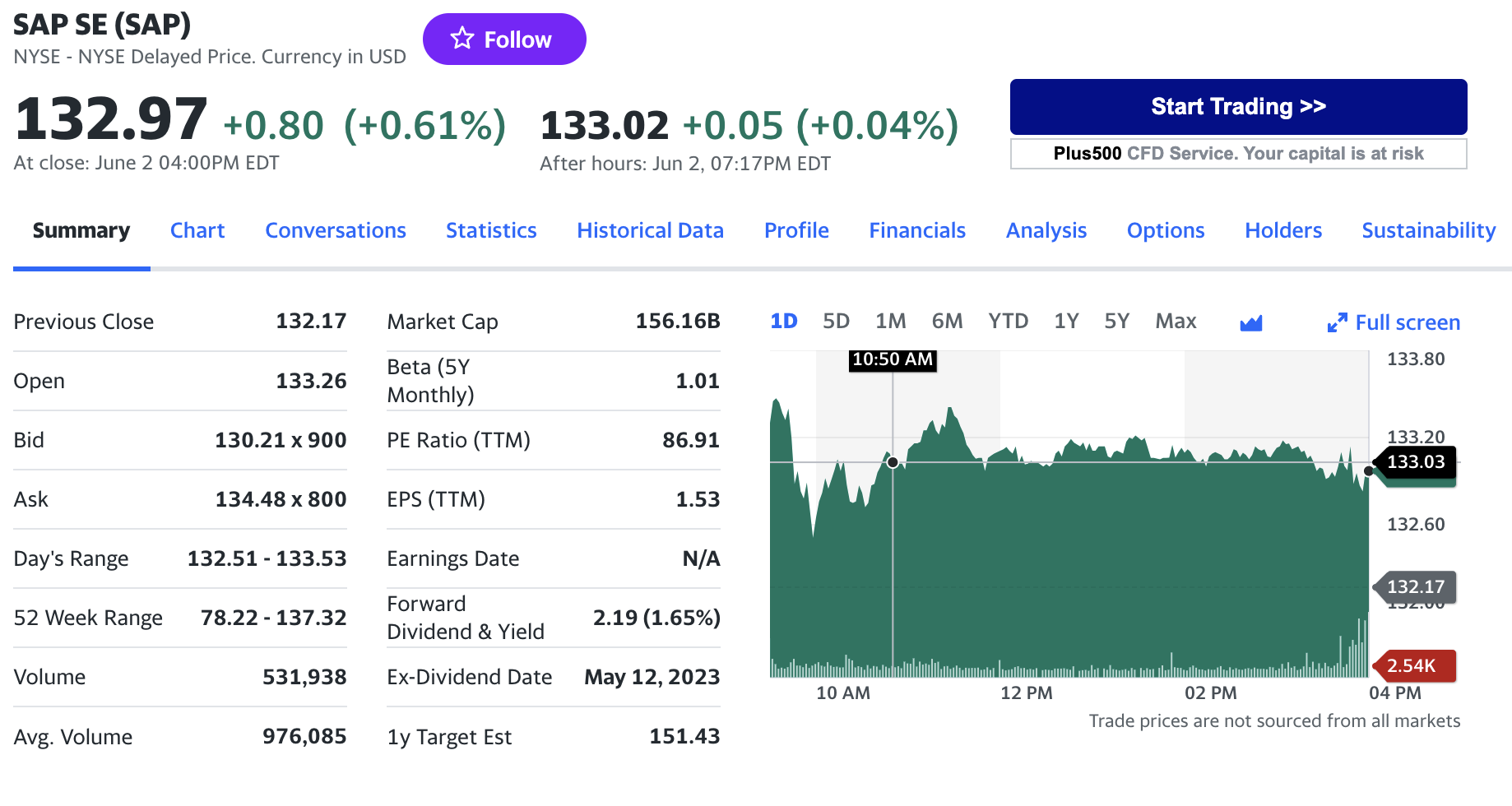
Source: Yahoo! Finance.
The historical data for SAP stock prices can be downloaded from Yahoo! Finance website: Download the data for SAP
Why should I be interested in this post?
As a management student, understanding the top companies in different markets and their market capitalization holds significant value. It provides you with industry insights, allowing you to comprehend the competitive landscape and trends within specific sectors.
Analyzing market capitalization aids in investment analysis, enabling you to assess the size, growth potential, and financial health of companies. Moreover, studying successful companies (success being measured by their market capitalization) provides valuable lessons in competitive strategy, organizational management, and leadership practices.
Related posts on the SimTrade blog
▶ All posts about financial techniques
▶ Nithisha CHALLA Market capitalization
▶ Nithisha CHALLA Top 5 companies by market capitalization in China
▶ Nithisha CHALLA Top 5 companies by market capitalization in the United States
▶ Nithisha CHALLA Top 5 companies by market capitalization in India
Useful resources
Companies Market Cap Largest European companies by market capitalization
Statista Market capitalization of leading companies on Euronext stock exchange as of February 2023
Yahoo! 10 Best European Companies To Invest In
About the author
The article was written in June 2023 by Nithisha CHALLA (ESSEC Business School, Grande Ecole Program – Master in Management, 2021-2023).



